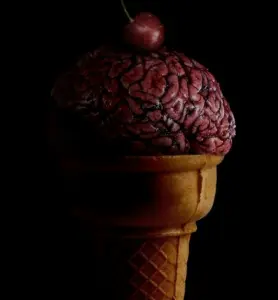
Study: Subway Sandwiches Are Worse Than We Think
We still underestimate how many calories we're getting at most fast food restaurants. The effect is most drastic at Subway, where a marketing "health halo" seems responsible.
James Hamblin, MD, is The Atlantic's Health editor.
PROBLEM: Under Obamacare, major fast food chains will be required to print calorie counts on menus. The idea presumes that we still don't really know what we're getting into with fast food. Don't we?
METHODOLOGY: Researchers led by Dr. Jason Block at Harvard surveyed people at fast food restaurants across New England. They talked with 1877 adults, 1178 adolescents, and 330 children at places like McDonald's, Dunkin Donuts, KFC, and Subway, among others.
They asked customers to save their receipts, then estimate how many calories were in their meals. Most of the customers ended up being non-white, 65 percent of the adults and 57 percent of the school-age children were obese, and 40 percent reported eating at that same restaurant chain at least once per week.
RESULTS: The average meal was 836 calories for adults, 756 for adolescents, and 733 for kids. Two-thirds of people underestimated that. One quarter underestimated it by at least 500 calories.
The underestimation in adults averaged 175 calories and got larger as the number of calories in the meal increased. Subway was the most insidious, with adolescent estimates averaging around 500 calories on the low side. Adults and adolescents eating at Subway estimated 20 and 25 percent lower than those at McDonald's, respectively. Here's how the underestimation looked between restaurants:
Calories estimated minus actual calories [BMJ]
IMPLICATIONS: Most people eating at these restaurants were obese, and most underestimated how many calories they were actually taking in. So, maybe calorie-counts on menus are a good thing. The researchers also discuss Subway's branding as a sort of "health halo" of which to be wary.
Of course, calorie count isn't the only measure of foods' healthfulness -- a 230-calorie veggie sub is better than 230 calories worth of jelly donut -- it's just the only measure in this study.
A footnote: 41 people were excluded from the study as outliers because their meals exceeded 4000 calories.
The full study, "Consumers' Estimation of Calorie Content at Fast Food Restaurants" is published in the journal BMJ.


